Harnessing the Potential of Meditation for Autism
Unlock the potential of meditation for autism. Discover the impact, benefits, and practical applications for empowering minds.

Understanding Meditation
Meditation is a practice that involves focusing one's attention and eliminating the stream of thoughts that may be running through the mind. It is often used as a tool for relaxation, stress reduction, and self-awareness. There are various benefits associated with meditation, and different meditation practices cater to diverse preferences and needs.
Benefits of Meditation
Meditation offers a wide range of benefits for individuals who incorporate it into their daily routines. While the effects of meditation can vary from person to person, research suggests that regular meditation practice may contribute to:
- Stress reduction: Meditation has been shown to help reduce stress levels by promoting relaxation and providing a sense of calm and tranquility.
- Improved mental well-being: Practicing meditation can enhance mental well-being by reducing symptoms of anxiety and depression. However, it is essential to note that a small percentage of individuals may experience negative effects, such as anxiety and depression, from practicing meditation [1].
- Enhanced focus and concentration: Regular meditation practice can improve attention and concentration, leading to increased productivity and cognitive performance.
- Emotional regulation: By cultivating mindfulness, individuals may develop a greater ability to manage their emotions and respond to challenging situations with more clarity and equanimity.
- Better sleep quality: The relaxation and mental clarity achieved through meditation can promote improved sleep quality and help alleviate insomnia.
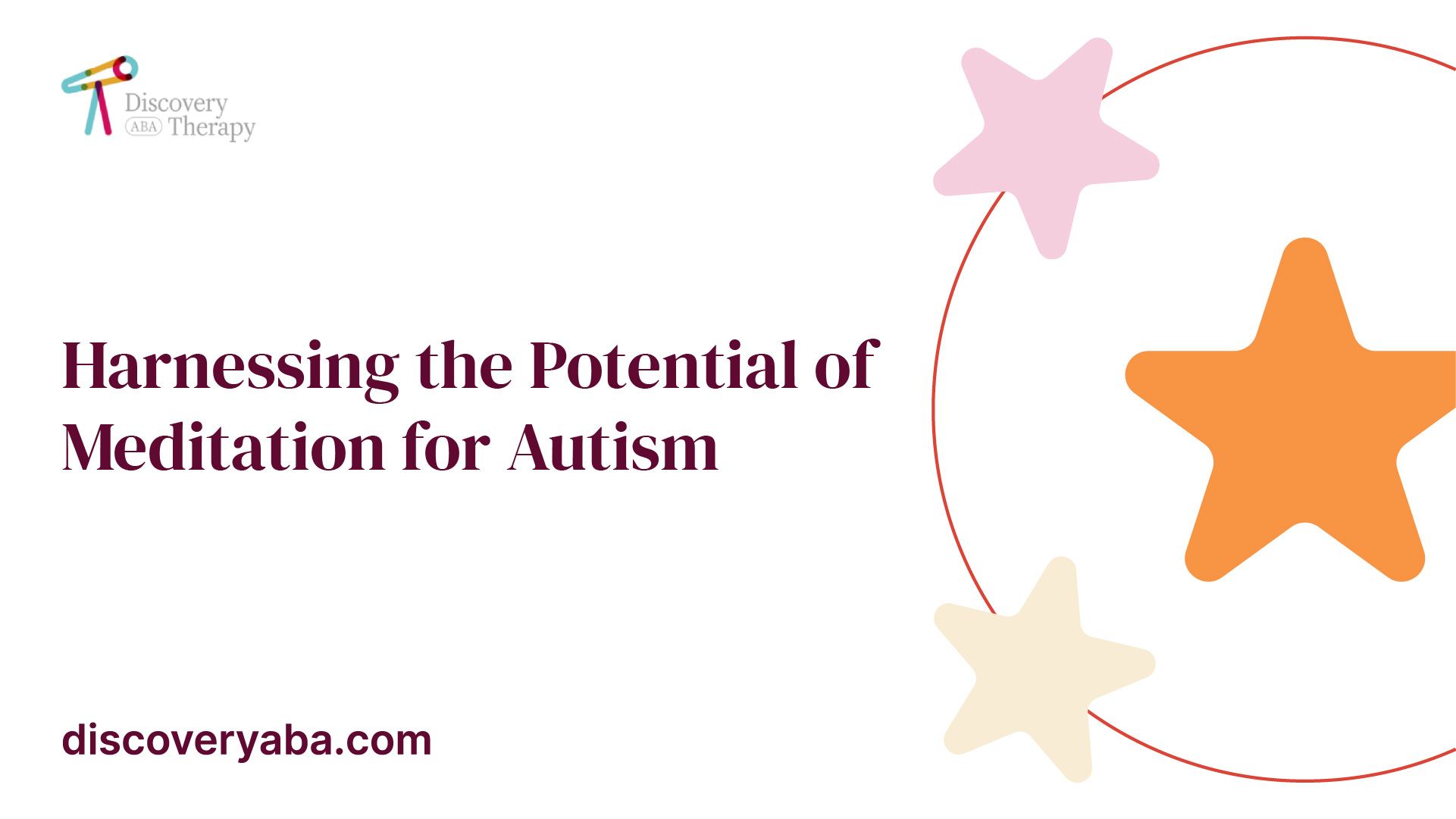
Different Meditation Practices
There are several forms of meditation, each with its own unique focus and technique. Some commonly practiced meditation techniques include:
- Mindfulness meditation: This practice involves bringing one's attention to the present moment, observing thoughts and sensations without judgment. It emphasizes developing awareness and acceptance of the present experience.
- Loving-kindness meditation: Also known as metta meditation, this practice involves cultivating feelings of love, compassion, and kindness towards oneself and others.
- Transcendental meditation: Transcendental meditation utilizes the repetition of a mantra to achieve a state of deep relaxation and heightened awareness. It is often practiced for 15-20 minutes, twice a day.
- Guided visualization: In guided visualization, individuals are guided through a series of mental images to promote relaxation, creativity, and manifestation of goals.
- Breathing exercises: Focusing on the breath is a fundamental aspect of many meditation practices. Paying attention to the inhalation and exhalation can help calm the mind and promote a sense of grounding.
It's important to explore different meditation practices to find the one that resonates most with you. Experimenting with various techniques can help individuals with autism discover the type of meditation that best suits their needs and preferences.
Autism and Meditation Connection
Understanding the connection between autism and meditation is essential in exploring the potential benefits of incorporating meditation practices into autism management strategies.
Impact of Meditation on Autism
Autism is a chronic neurodevelopmental disorder that affects approximately 1-3 percent of children globally. It is characterized by difficulties in processing sensory information, immune-digestive disorders, and challenges in social behavior. Individuals with autism often experience overwhelming intensity and strain on emotional centers, which can hinder their overall well-being.
Meditation practices, built on yogic principles and meditative tools, show promise in treating autism by providing relief from clinical symptoms, promoting relaxation, and improving emotional and physical well-being [2]. These practices aim to address the specific challenges faced by individuals with autism, including sensory processing difficulties, emotional regulation, and social interactions.
Potential Benefits of Meditation
Meditation techniques can potentially benefit individuals with autism in several ways. Here are some potential benefits:
- Enhancing Mirror Neuron Function: Mirror neurons, specialized neurons in the frontal cortex, play a critical role in imitating others, recognizing intentions, and understanding others' minds. Impaired development of the mirror neuron network is observed in individuals with autism, leading to difficulties in copying skills and interpreting others' minds. Meditation practices that focus on mindfulness and self-awareness may help improve mirror neuron function and enhance social cognition.
- Improving Empathy and Theory of Mind: Empathy, the ability to recognize and understand others' mental and emotional existence, is a fundamental behavior that may be impaired in individuals with autism. Deficiencies in theory of mind and imitative play are diagnostic criteria for autism. Meditation techniques that cultivate self-awareness and foster feelings for others may be beneficial in addressing these deficiencies and promoting empathy development [2].
- Facilitating Brain Synchronization and Structural Changes: Autism is associated with structural abnormalities in the brain, including abnormal overgrowth of the cortex surface area and thickening of white matter in specific areas. These structural changes can affect brain connectivity, neural migration, and synchronization, leading to cognitive and emotional deficits. Meditation practices have the potential to improve brain synchronization and promote structural changes that may alleviate symptoms of autism.
While further research is needed to fully understand the precise mechanisms and effectiveness of meditation practices in managing autism, the potential benefits outlined above provide a basis for exploring the integration of meditation into autism treatment plans. By harnessing the power of meditation, individuals with autism may have an opportunity to enhance their well-being and improve their overall quality of life.
Mindfulness-Based Cognitive Therapy
Mindfulness-based cognitive therapy is an approach that combines mindfulness practices with elements of cognitive behavioral therapy. This integration aims to enhance self-awareness, promote emotional regulation, and develop more adaptive thinking patterns. It has shown promise in various mental health conditions, including autism.
Integration of Mindfulness and Cognitive Behavioral Therapy
In mindfulness-based cognitive therapy, individuals are taught to cultivate a non-judgmental awareness of their thoughts, emotions, and bodily sensations. This heightened awareness helps them recognize and challenge negative thought patterns or cognitive distortions. By bringing attention to the present moment, individuals can better understand their thoughts and emotions and develop more constructive responses to challenging situations.
The combination of mindfulness and cognitive behavioral therapy techniques allows individuals with autism to develop skills to manage their emotions, reduce anxiety, and improve their overall well-being. By examining the relationship between thoughts, emotions, and behaviors, mindfulness-based cognitive therapy empowers individuals to develop more adaptive responses to stressors and challenges.
Application in Autism
Mindfulness-based cognitive therapy has shown promise as a complementary approach in the treatment of autism. Meditation practices built on yogic principles and meditative tools have demonstrated potential in alleviating clinical symptoms, promoting relaxation, and improving emotional and physical well-being.
One of the core deficits in autism is impaired theory of mind, which is the ability to recognize and understand others' mental and emotional experiences. Lack of imitative play and empathy are common diagnostic criteria for autism. Mindfulness practices that foster self-awareness and empathy may be beneficial in addressing these deficiencies [2].
Moreover, autism is associated with structural abnormalities in the brain, such as abnormal overgrowth of the cortex surface area and changes in white matter thickness in specific areas. These structural changes affect brain connectivity, neural migration, and synchronization, leading to cognitive and emotional deficits. Meditation practices have the potential to improve brain synchronization and promote structural changes that may alleviate symptoms of autism [2].
While further research is needed to fully understand the effectiveness of mindfulness-based cognitive therapy in autism, early evidence suggests that it can be a valuable tool in improving emotional regulation, social interaction, and overall well-being for individuals on the autism spectrum. It is important to consult with healthcare professionals and experienced practitioners to tailor the therapy to the unique needs and abilities of individuals with autism.
Research on Autism and Meditation
As the potential benefits of meditation for individuals with autism are being explored, researchers have conducted studies to investigate the impact of meditation practices on autism. Understanding the research in this field can provide valuable insights into the effectiveness of meditation for individuals on the autism spectrum.
Studies on Using Meditation for Autism
Research studies have examined the use of meditation as a therapeutic intervention for individuals with autism. These studies aim to explore the effects of meditation practices on various aspects of autism, including clinical symptoms, cognitive function, emotional well-being, and social interactions.
One study, published in a research article (Source), focused on meditation practices built on yogic principles and meditative tools. The study highlighted that these practices showed promise in providing relief of clinical symptoms, promoting relaxation, and improving emotional and physical well-being among individuals with autism.
Effectiveness of Meditation Practices
The effectiveness of meditation practices for individuals with autism is an area of ongoing research. While more studies are needed to establish conclusive evidence, initial findings suggest potential benefits.
Mirror neurons, specialized neurons in the frontal cortex, play a critical role in social cognition and imitative behavior. Impaired development of the mirror neuron network is observed in individuals with autism, contributing to difficulties in recognizing and interpreting others' minds. Meditation techniques that foster self-awareness and empathy may be beneficial in addressing these deficiencies.
Autism is associated with structural abnormalities in the brain, affecting connectivity and neural synchronization. Meditation practices have the potential to improve brain synchronization and promote structural changes that may alleviate symptoms of autism.
While the overall body of research on the effectiveness of meditation for autism is still emerging, there are anecdotal reports of positive outcomes. For example, Transcendental Meditation (TM) has been reported to provide benefits for some individuals on the autism spectrum. A study involving six individuals with diagnosed autism spectrum disorders (ASDs) who consistently practiced TM for at least three months reported various positive effects, including reduced stress and anxiety, improved emotion and behavior regulation, increased productivity, improved sleep patterns, and reduced physiological symptoms of stress [3].
It is important to note that individual responses to meditation practices may vary. The integration of meditation techniques in autism therapy should be done under the guidance of qualified professionals, taking into consideration the unique needs and preferences of each individual.
Continued research and exploration of meditation practices for individuals with autism can contribute to a deeper understanding of their potential benefits and help inform future interventions and treatment approaches.
Practical Applications
When it comes to implementing meditation for individuals with autism, there are several considerations and recommendations to keep in mind. Meditation practices built on yogic principles and meditative tools show promise in treating autism, providing relief of clinical symptoms, promoting relaxation, and improving emotional and physical well-being [2]. Here, we will explore how meditation can be practically applied for individuals with autism and discuss important considerations for a successful implementation.
Implementing Meditation for Individuals with Autism
Implementing meditation for individuals with autism requires a tailored approach that takes into account their unique needs and challenges. Here are some practical suggestions for introducing meditation to individuals with autism:
- Start with short sessions: Begin with short meditation sessions, gradually increasing the duration as the individual becomes more comfortable and receptive. It's important to respect their attention span and gradually build their tolerance for longer meditation practices.
- Create a quiet and calming environment: Find a quiet space free from distractions where the individual feels comfortable and secure. Minimize external stimuli that may cause sensory overload, such as bright lights or loud noises. Creating a serene environment can help facilitate relaxation and focus.
- Use visual aids and props: Visual aids, such as pictures or symbols, can help individuals with autism understand and follow meditation instructions. Props like cushions or blankets can provide physical comfort and enhance the sensory experience.
- Incorporate sensory elements: Tailor the meditation practice to incorporate sensory elements that resonate with the individual. This may include using essential oils, soft music, or gentle tactile stimulation through objects like stress balls or textured surfaces. Adjust the sensory elements based on the individual's preferences and sensitivities.
- Practice consistency: Establish a regular meditation routine to help individuals with autism become familiar and comfortable with the practice. Consistency can play a crucial role in developing the benefits of meditation and creating a sense of routine and stability.
Considerations and Recommendations
When implementing meditation for individuals with autism, it's important to consider the following:
- Individualized approach: Recognize that each individual with autism is unique, and what works for one person may not work for another. Tailor the meditation practice to their specific needs, preferences, and developmental level.
- Professional guidance: Seek guidance from professionals experienced in working with individuals with autism, such as therapists or specialized instructors. They can provide valuable insights and support in developing an appropriate meditation practice.
- Monitoring and observation: Continuously monitor the individual's response to meditation and observe any changes in behavior, emotions, or overall well-being. This can help determine the effectiveness of the practice and guide any necessary adjustments.
- Integration with other therapies: Consider integrating meditation with other therapies and interventions that the individual may be receiving. Collaboration and coordination with healthcare professionals can help create a holistic approach to their well-being.
By implementing meditation in a thoughtful and individualized manner, individuals with autism can potentially experience the benefits of this practice. Meditation has the potential to promote relaxation, improve emotional regulation, enhance focus, and foster overall well-being. However, it is essential to approach meditation as a complementary therapy and consult with healthcare professionals to ensure its suitability for each individual.
Transcendental Meditation for Autism
Transcendental Meditation (TM) has shown promise as a potential intervention for individuals with autism spectrum disorders (ASDs). TM involves the use of a specific mantra to achieve a state of deep relaxation and inner calm. Several studies have explored the benefits of TM for individuals with ASDs, and the results have been encouraging.
Benefits of Transcendental Meditation
Research suggests that TM may offer various benefits for individuals with ASDs. In a study conducted with six individuals diagnosed with ASDs who consistently practiced TM for at least three months, several positive outcomes were reported. These benefits included:
- Reduced stress and anxiety: TM helped to alleviate stress and anxiety symptoms in individuals with ASDs. Chronic stress has a significant impact on the well-being and functioning of individuals with ASDs, and TM provided a potential avenue for stress reduction.
- Improved emotion and behavior regulation: TM helped improve the regulation of emotions and behaviors in individuals with ASDs. This is particularly important as many individuals with ASDs face challenges in self-regulation.
- Increased productivity: Individuals practicing TM reported increased productivity, which can have a positive impact on their daily lives and overall functioning.
- Improved sleep patterns: TM was associated with improved sleep patterns, addressing a common issue faced by individuals with ASDs.
- Reduced physiological symptoms of stress: TM helped to reduce physiological symptoms of stress, contributing to an overall sense of well-being.
Testimonials and Case Studies
The experiences of individuals with ASDs who practiced TM further highlight the potential benefits of this meditation technique. The practice of TM was reported to be easy to learn and consistently practice. It was found to be beneficial in reducing stress and anxiety, improving overall productivity, and enhancing the quality of life for individuals with ASDs.
TM is readily available, relatively inexpensive, and carries no side effects, making it a promising intervention option for individuals with ASDs. The positive testimonies and case studies of individuals practicing TM provide further support for its potential in reducing stress and anxiety, improving self-regulation, and enhancing overall well-being for individuals with ASDs.
It is important to acknowledge that TM may not be suitable for everyone with ASDs, and individualized approaches to treatment are necessary. However, the available evidence suggests that TM holds promise as a complementary intervention for reducing stress, anxiety, and improving overall functioning in individuals with ASDs. Further research and exploration of TM within the context of ASDs may provide additional insights into its efficacy and potential benefits.
References
Find More Articles
Contact us
North Carolina, Tennessee, Nevada, New Jersey, Utah, Virginia
New Hampshire, Maine
Massachusetts, Indiana, Arizona, Georgia
.avif)



.jpeg)














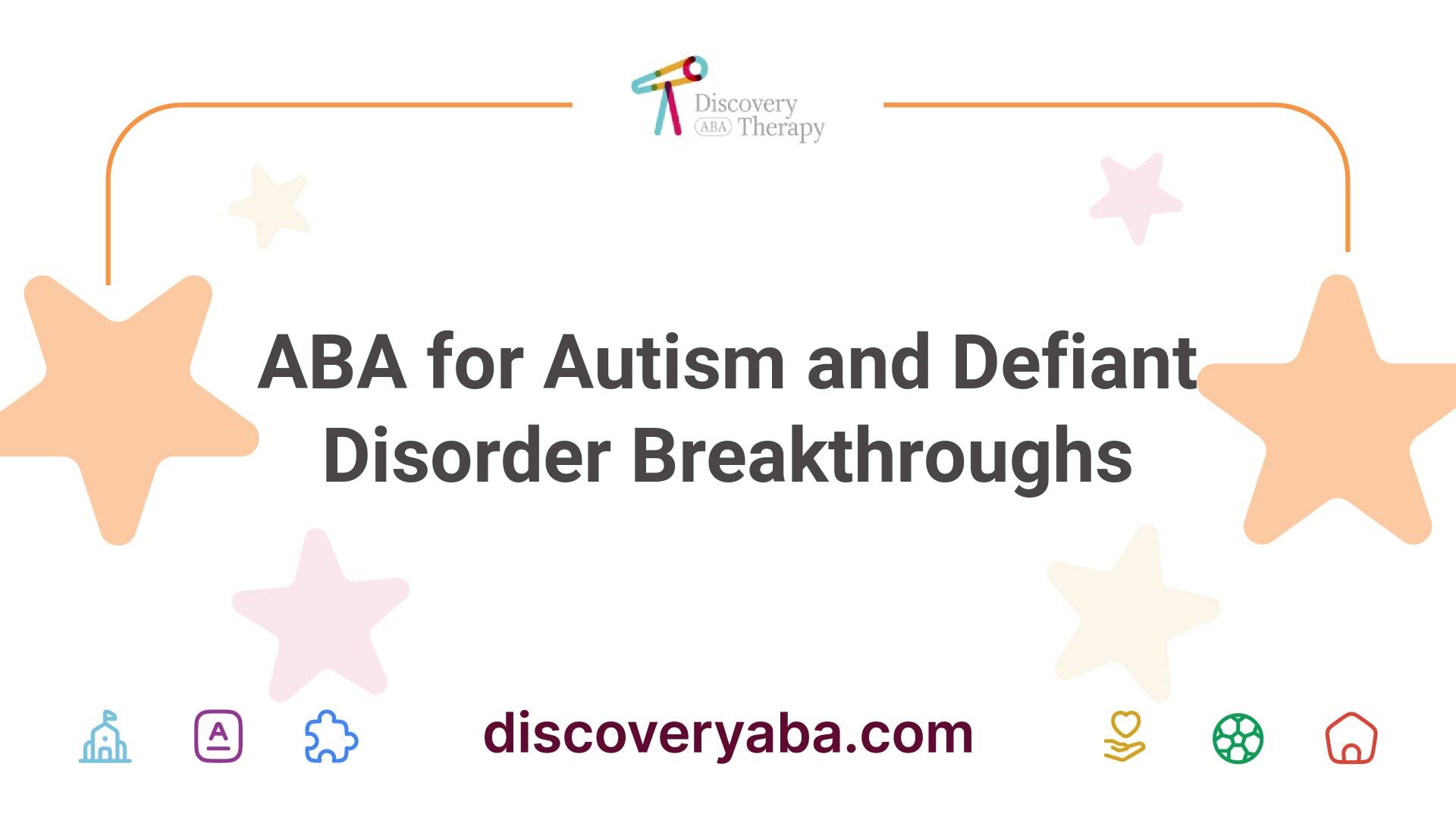







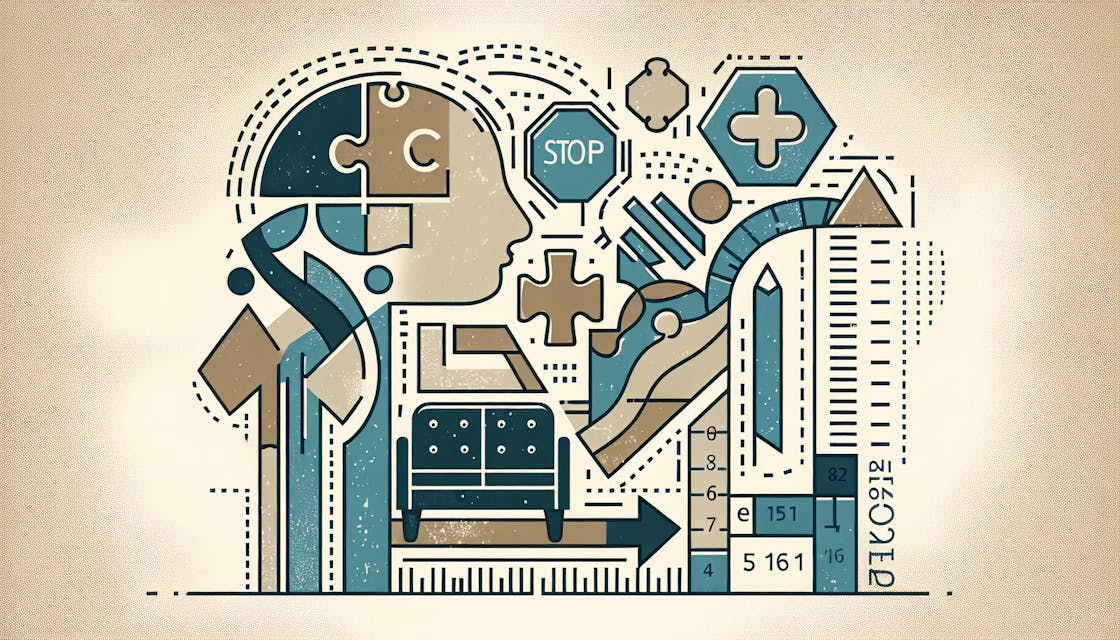




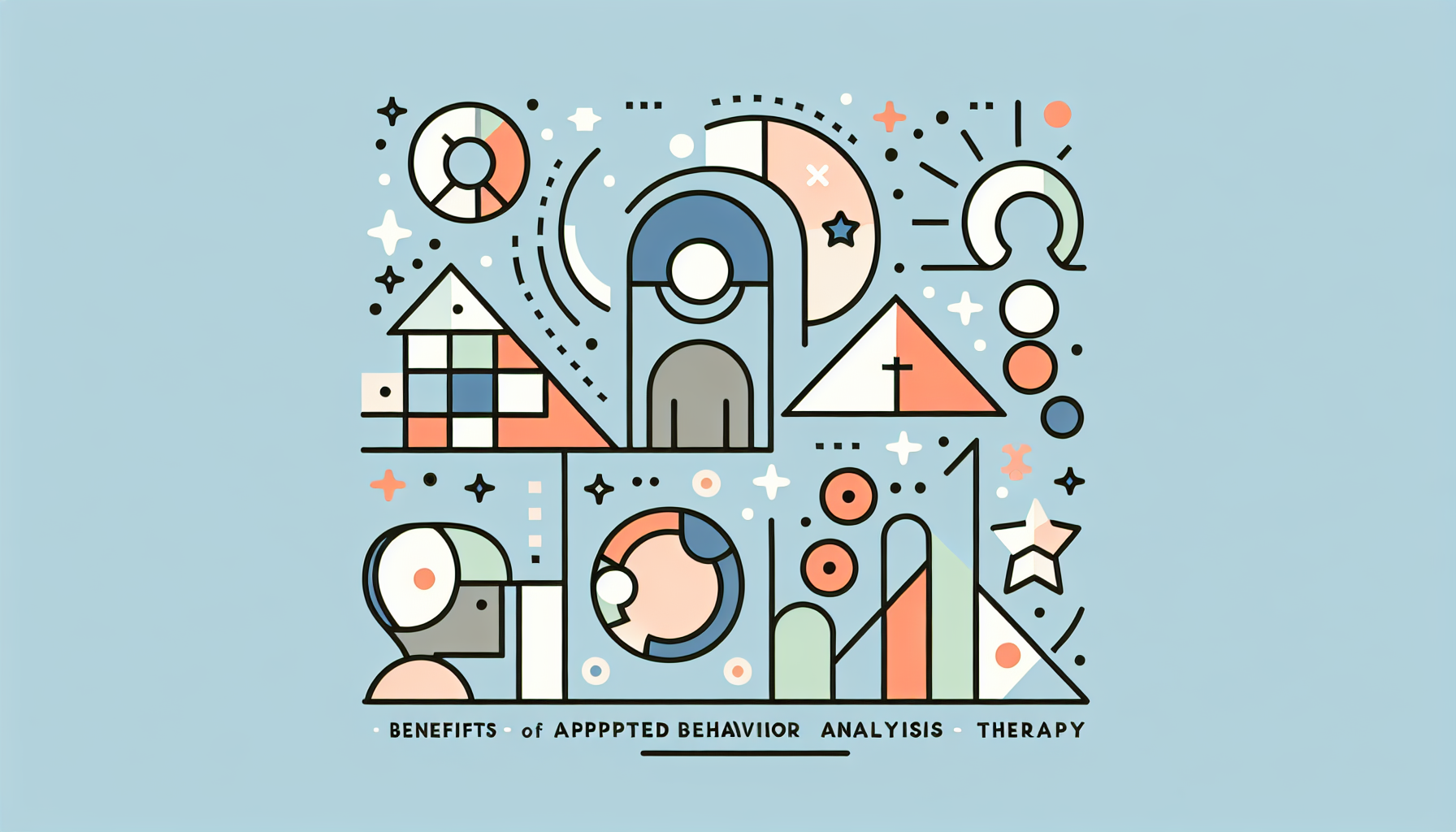











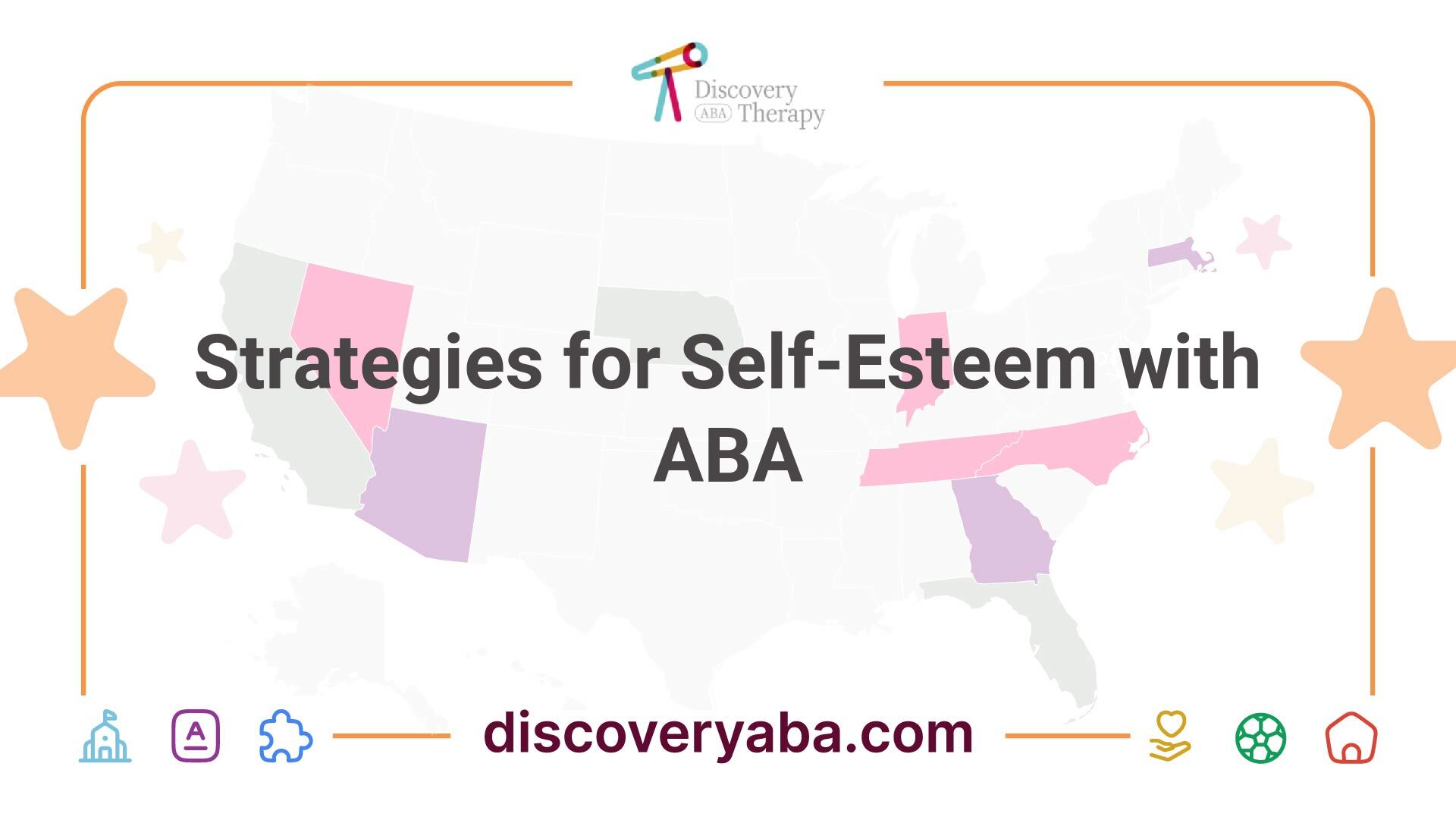




.jpeg)







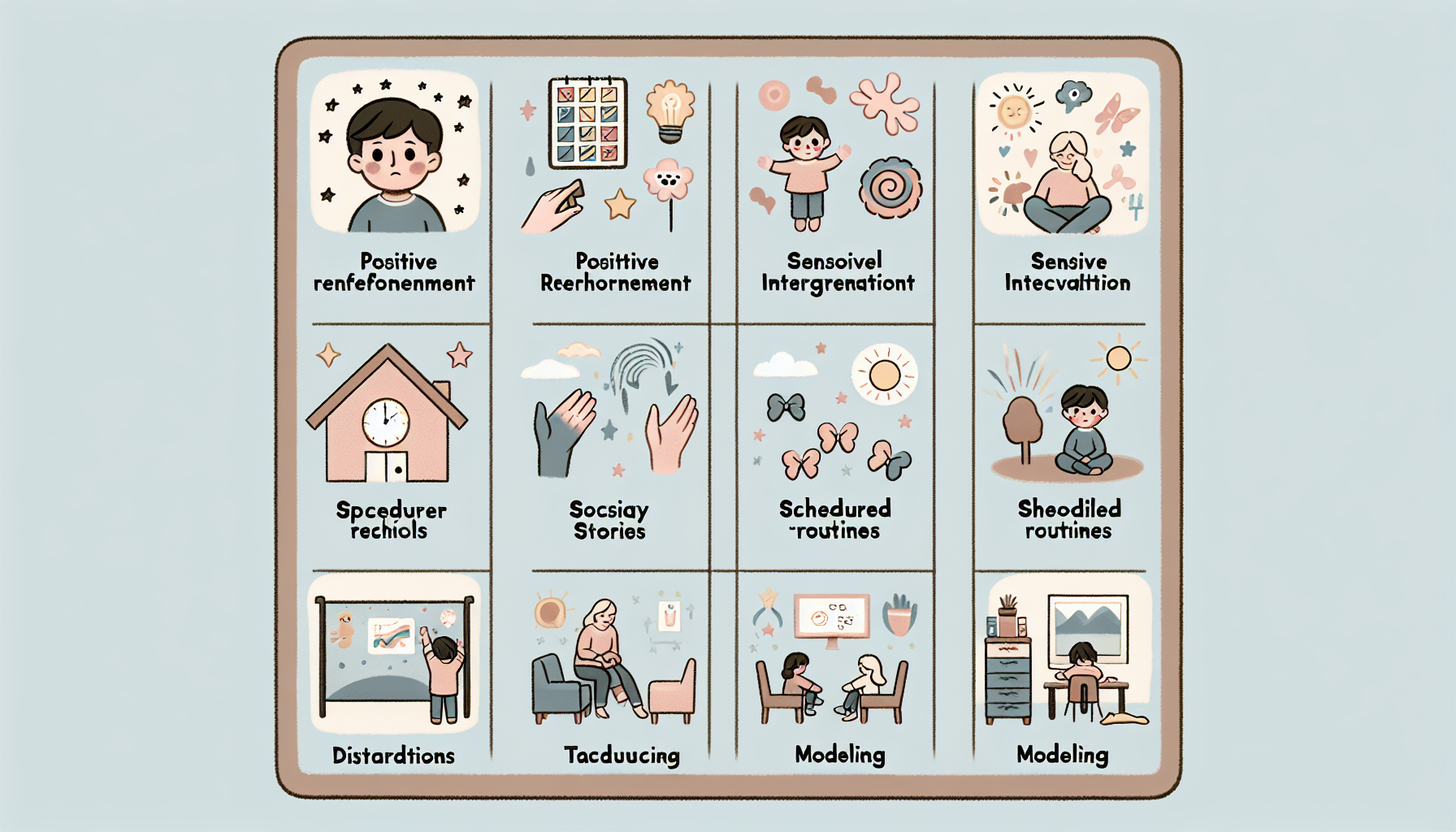

.jpeg)
.jpeg)



.jpeg)




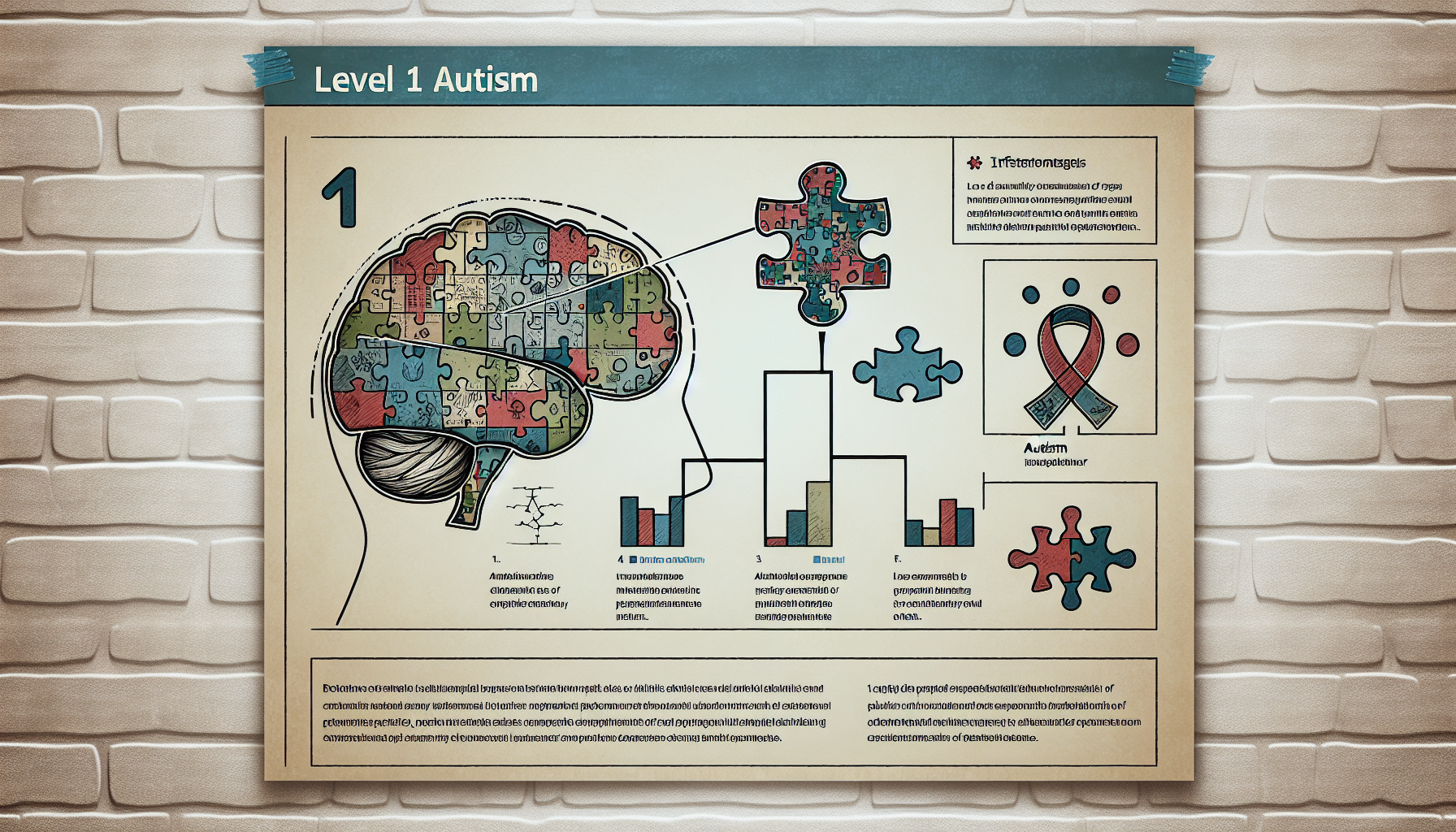











.jpeg)
.jpeg)



.jpeg)
.jpeg)







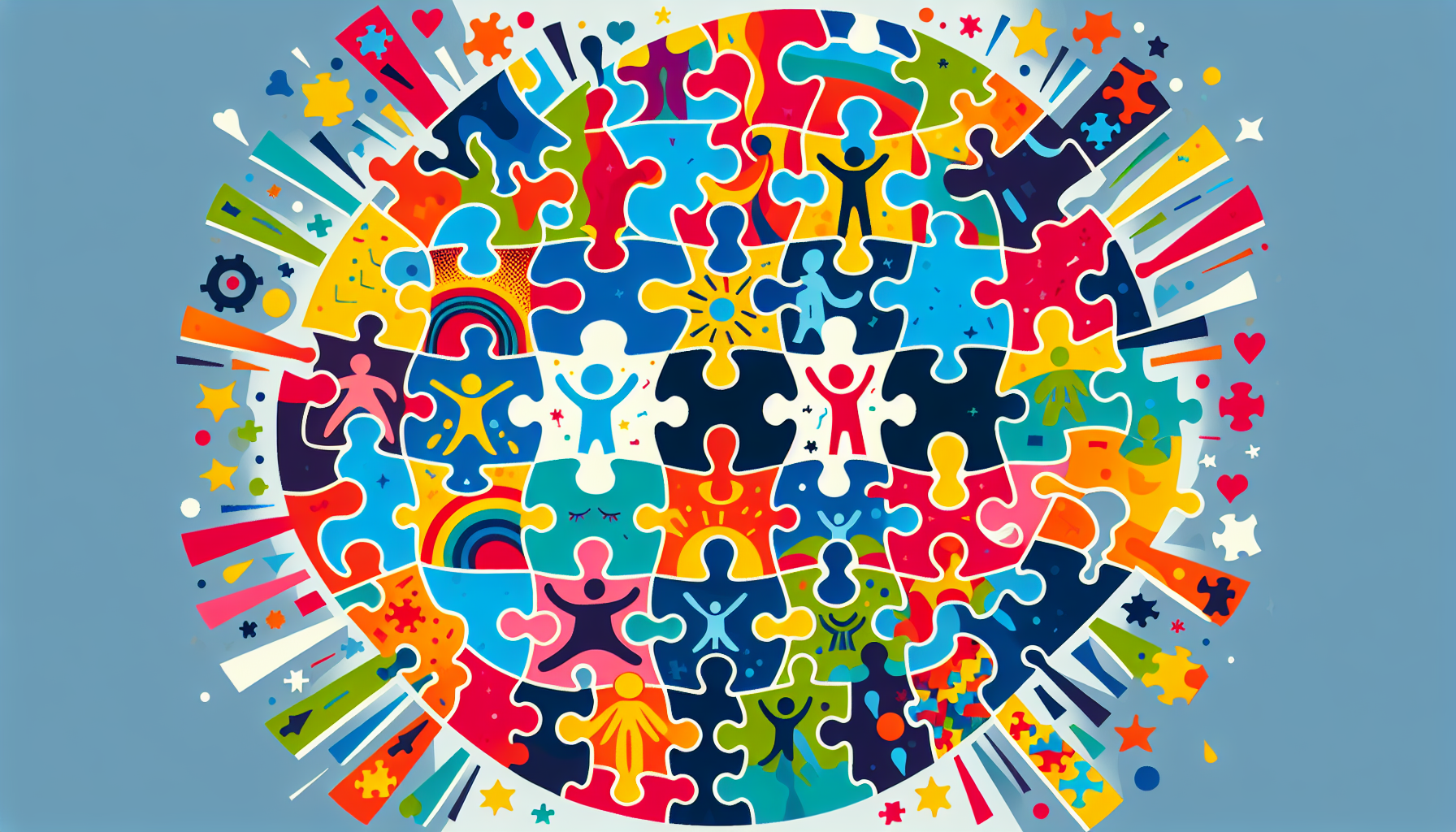



.jpeg)


